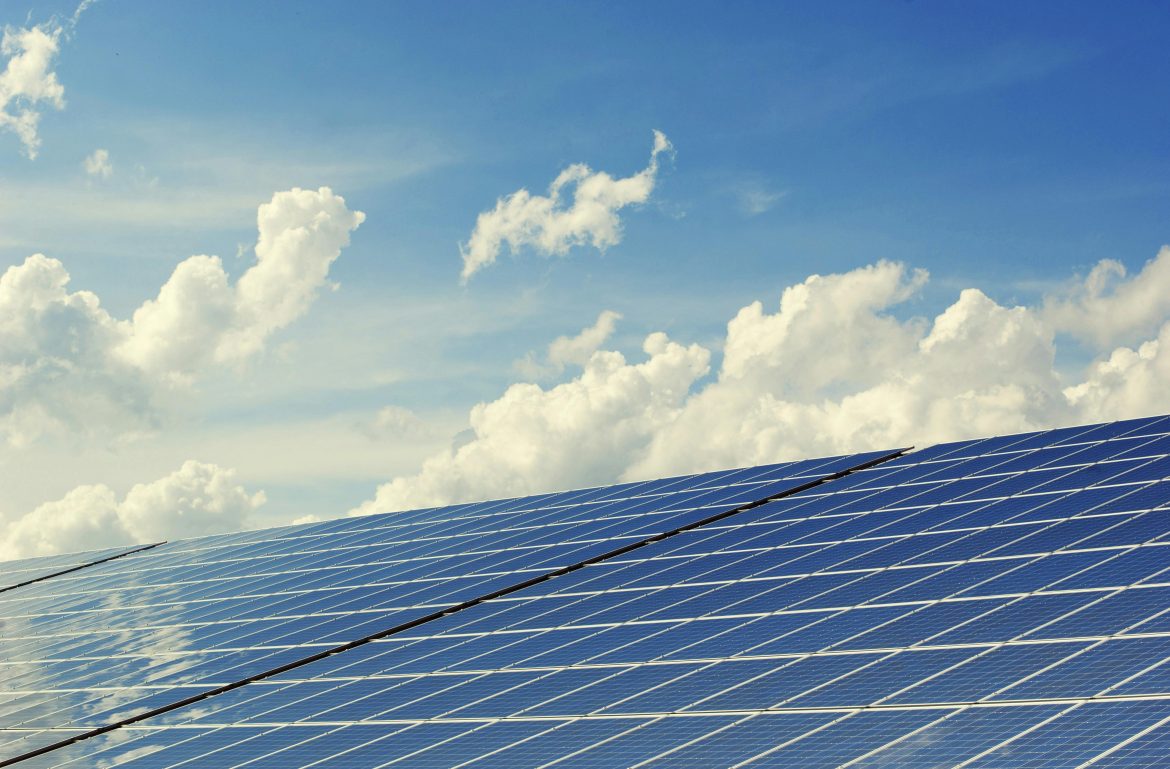In a bid to curb its carbon footprint and promote sustainable development, China has unveiled a comprehensive government action plan targeting emissions reductions across key industries. The plan, released on Wednesday, aims to reduce the carbon dioxide emissions of crucial sectors by an amount equivalent to approximately 1% of the 2023 national total through efficiency gains in various domains, ranging from steel production to transportation.
As the world’s top energy consumer and largest greenhouse gas emitter, China has set its sights on making economic growth more energy-efficient, aligning with President Xi Jinping’s push for “new productive forces.” The action plan stipulates that China’s economy will require 2.5% less energy for every unit of GDP growth in 2024, a target it aims to achieve by implementing specific changes across industries, including building materials and petrochemicals.
While China missed its energy intensity goal last year, the country’s desire to cut emissions and energy consumption often clashes with the pressing need to boost economic growth and raise living standards. Lauri Myllyvirta, a senior fellow at the Asia Society Policy Institute, suggests that China’s CO2 emissions could have peaked in 2023, reflecting stagnant growth in oil demand and an expanding wind and solar generation capacity. However, China’s official target remains for CO2 emissions to peak before 2030.
The plan reiterates a target for non-fossil energy sources to account for about 20% of China’s total energy use in 2025, up from this year’s target of around 18.9%. It also calls for “strictly” controlling coal consumption, “reasonably” controlling petroleum consumption, and promoting the use of biofuel and sustainable aviation fuel.
To bolster domestic natural gas supply, which Beijing sees as a bridge to reaching its carbon-neutral goal by 2060, the plan calls for the expedited development of resources such as shale gas and coal bed methane. It also prioritises the use of gas for winter heating of households.
The plan envisions the construction of large-scale renewable power complexes and the development of offshore wind power, aiming for non-fossil energy sources to account for some 39% of total power generation by 2025, up from 33.9% in 2020. Additionally, it aims to increase the limit on the curtailment of renewable energy from 5% to 10% and accelerate the construction of ultra-high voltage transmission lines and grid system upgrades to address curtailment issues.
Furthermore, the plan sets a target for China to have at least 40 GW of new-type energy storage, primarily battery storage, by the end of 2025, a 33% increase from the previous goal. It also calls for gradually abolishing restrictions on purchases of new energy vehicles across the country and implementing policies that support such vehicles.
Moreover, the government plans to control the production of metals such as copper and aluminium while allowing the development of silicon, lithium, and magnesium production, which are essential for semiconductors and batteries. State agencies will “vigorously develop” metal recycling efforts, according to the plan.



